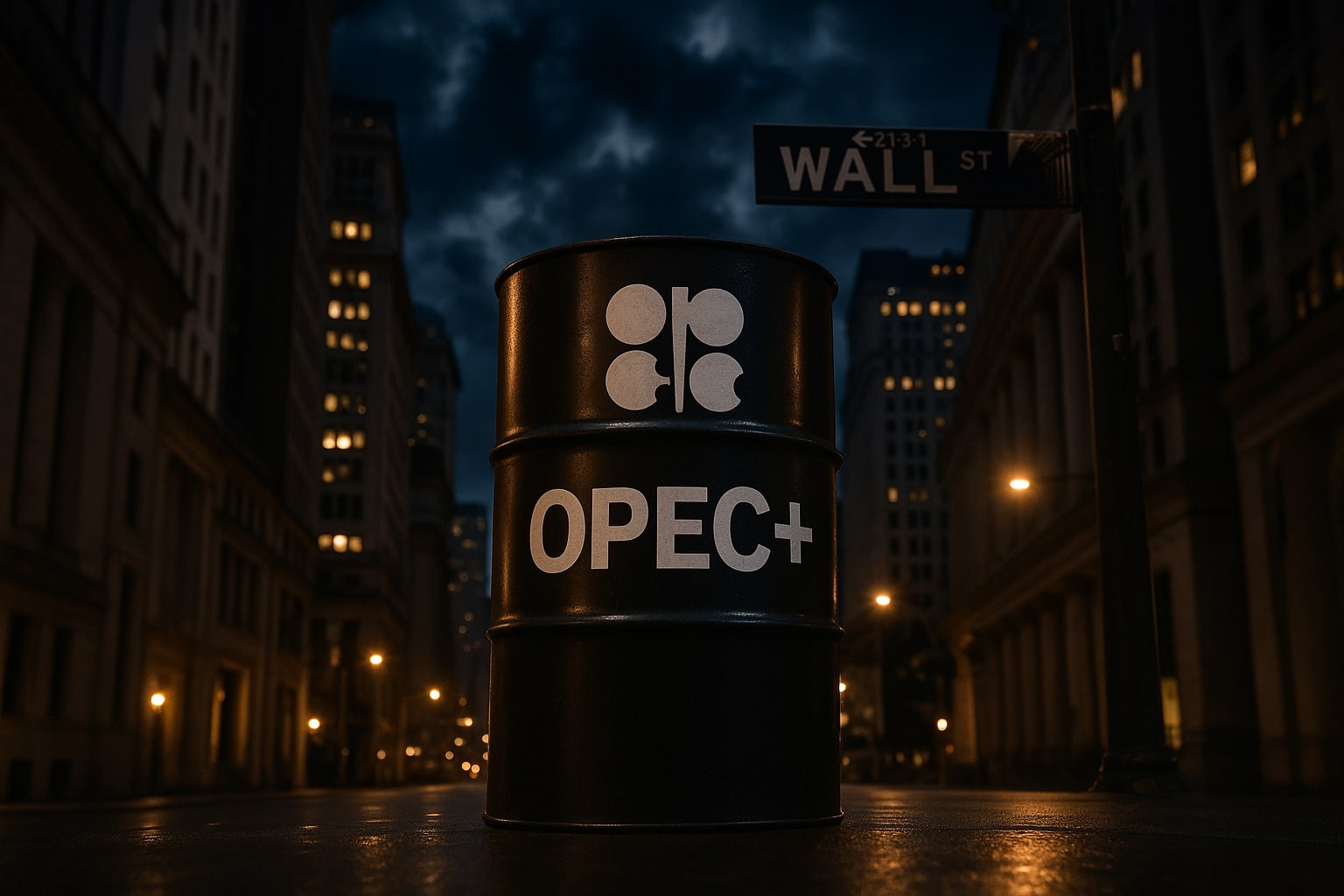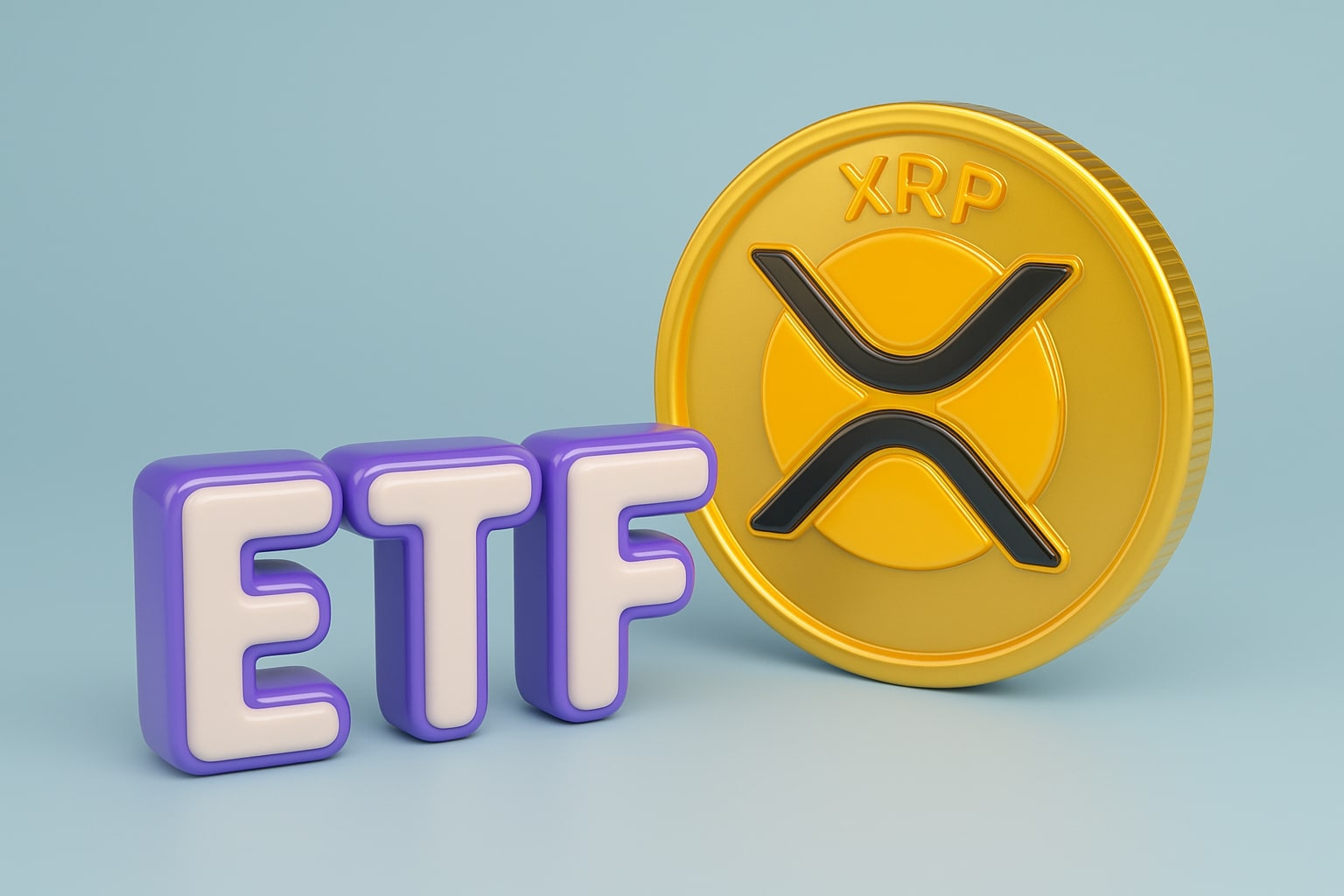Oil Market Turns Bearish as Gaza Ceasefire, Rising U.S. Inventories, and OPEC+ Output Reversals Pressure Prices
The global oil market has entered a sharp corrective phase, with WTI crude (CL=F) plunging 1.76% to $61.45 per barrel and Brent crude (BZ=F) sliding 1.69% to $65.13, marking their lowest levels since July. A confluence of factors—including a Gaza ceasefire, a 3.7 million-barrel U.S. inventory surge, and fresh U.S. sanctions on Chinese refiners and Serbia’s NIS—has eroded the geopolitical risk premium that underpinned prices in recent weeks. The OPEC Basket managed a marginal rebound to $66.51 (+0.38%), but market sentiment remains fragile as the narrative shifts from supply fears to oversupply anxiety.
Geopolitical Risk Premium Evaporates as Trump’s Gaza Deal Calms Middle East Markets
The breakthrough ceasefire between Israel and Hamas, brokered by U.S. President Donald Trump, triggered an immediate pullback in crude futures. Under the agreement, Israel will partially withdraw from Gaza while hostages and prisoners are exchanged, significantly lowering short-term risk to regional oil infrastructure. Brent crude, which had spiked above $70 earlier this month on war escalation fears, quickly retreated toward $65 as traders unwound hedges tied to potential Red Sea shipping disruptions. Analysts at energy trading desks described the move as a “geopolitical unwind,” with option-implied volatility on Brent dropping to 24.8%, its lowest level since August. The ceasefire’s success has broader implications: a potential reduction in Houthi attacks on maritime routes and renewed diplomatic engagement with Iran could open the door to incremental Iranian oil exports, further weighing on prices.
U.S. Inventory Build Exceeds Forecasts and Reinforces Oversupply Narrative
Fresh data from the U.S. Energy Information Administration (EIA) added downward pressure. Commercial crude stocks rose 3.7 million barrels to 420.3 million, far above expectations for a modest 700,000-barrel build. Gasoline inventories climbed 1.4 million barrels, while distillates increased 0.9 million, signaling that refinery throughput continues to exceed domestic consumption. The market interpreted the build as confirmation that demand is softening—particularly as U.S. refinery utilization rates held near 92.8%, reflecting excess capacity. The EIA also raised its 2025 production forecast, now projecting 13.38 million barrels per day, an increase of 2.3% year-over-year, warning that a supply glut “could crush prices below $60 per barrel” if global demand fails to rebound in Q4.
OPEC+ Output Rebound Trails Promises but Still Adds Supply Pressure
While OPEC+ formally began unwinding cuts in early October, actual compliance remains mixed. Saudi Arabia and the UAE have restored around 250,000 barrels per day of capacity each, while Russia claims to have lifted exports by 180,000 barrels per day, though tanker tracking data suggests actual Russian exports are closer to 300,000 barrels above September levels. Iraq, following a 2.5-year halt, has restarted crude exports through the Ceyhan pipeline, adding 450,000 barrels per day back to global flows. The combined effect of these increases is significant: global supply is now tracking 1.1 million barrels per day above Q3 averages, overwhelming modest demand growth from Asia. Citi Research warned that sentiment “has turned decisively bearish” as traders position for a prolonged correction into year-end.
BP’s North Sea Expansion Highlights Diverging Corporate Strategy Amid Price Weakness
Against this backdrop, BP (NYSE:BP) announced the start-up of its Murlach oil and gas field in the UK North Sea—the sixth major upstream project launched in 2025. The field adds 15,000 barrels of oil equivalent per day (boed) to BP’s output, with total new capacity this year reaching 150,000 boed across all projects. Despite oil’s weakness, BP is doubling down on upstream expansion, targeting 2.3–2.5 million boed by 2030 after scaling back renewable investment earlier this year. The company’s decision to prioritize hydrocarbons reflects investor pressure for higher returns amid volatile energy transition policies. The Murlach project, developed through the Eastern Trough Area Project (ETAP) hub, underscores BP’s cost efficiency: the field was completed ahead of schedule, leveraging existing infrastructure to reduce capex by 18%.
Sanctions Ripple Through Eastern Europe and Asian Refining Markets
The U.S. Treasury’s latest sanctions targeted over 100 individuals, vessels, and refineries, including a Chinese independent “teapot” refinery and Serbia’s Petroleum Industry (NIS)—a Russian-majority company accounting for 6.9% of Serbia’s GDP. The sanctions, effective October 9, immediately halted crude flows via the JANAF pipeline from Croatia to Serbia’s Pančevo refinery, which processed 6.2 million barrels annually. The refinery, employing 5,000 workers, is now restricted from receiving Iraqi and Gulf crude shipments, threatening fuel shortages by year-end. NIS holds 45% ownership under Gazpromneft, and its accounts are expected to be frozen by international banks within weeks. Serbian fuel reserves, estimated at 6–8 months, may delay the impact, but analysts warn that by early 2026, refinery shutdowns could tighten European diesel supply. Meanwhile, Chinese refiners hit by U.S. penalties have reduced Iranian crude intake by 12% week-over-week, pushing Iranian barrels toward clandestine trade channels and shadow fleets operating under false flags, a practice the EU plans to sanction next month.
OPEC Basket and Emerging Market Demand Struggle to Counter Dollar Strength
Despite OPEC’s attempts to maintain stability, the U.S. dollar’s renewed strength (DXY 99.00, +0.73%) has suppressed commodity demand globally. In emerging markets, India’s oil imports slowed to 4.1 million barrels per day, down 6.8% month-on-month, as higher tariffs and local currency depreciation lifted landed costs. China’s September refinery throughput also contracted by 2.4%, the steepest monthly decline in 2025, as domestic inventories reached a six-month high of 934 million barrels. The OPEC Basket, composed of 13 global grades, edged up 0.38% to $66.51, but that uptick was driven largely by African blends like Bonny Light (-2.84%) and Louisiana Light (+0.77%) offsetting deeper losses in Middle Eastern benchmarks.
Technical Pressure Builds as CL=F and BZ=F Test Support Zones
From a technical perspective, both benchmarks are in precarious positions. WTI (CL=F) has strong horizontal support between $60 and $61, while Brent (BZ=F) shows structural support near $64.50. Both contracts are trading below their 50-day EMAs, with the 14-day RSI around 41.7, suggesting moderate oversold conditions but no sign yet of reversal momentum. Analysts note that open interest in crude futures fell 7.8% week-over-week, indicating liquidations rather than new short positions—a signal of fading speculative participation. The next upside test lies near $65.80 for WTI and $67.20 for Brent, both requiring a macro catalyst—either a supply disruption or a weaker dollar—to reignite buying.
Corporate and Infrastructure Shifts Reshape Supply Outlook
Corporate developments are further reshaping supply. The U.S. Energy Department reported that Shell (NYSE:SHEL) restarted key refining units at its Los Angeles complex following a September fire, restoring 125,000 bpd capacity. In contrast, Chevron (NYSE:CVX) continues repairs on the same coast, curbing its throughput by 8% for Q4. Meanwhile, Ørsted (CPH:ORSTED) announced 2,000 layoffs by 2027 amid a strategic pivot back to European offshore wind after setbacks in U.S. operations under the Trump administration. Such divergences in strategy underscore how energy giants are balancing short-term profitability in hydrocarbons against long-term decarbonization mandates.
Macro Outlook: OPEC+ Faces a Confidence Crisis
With the global supply-demand balance increasingly fragile, oil markets are entering a phase of price recalibration. EIA models forecast Brent averaging $62 in Q4 2025, aligning with market-implied levels. The expected surplus of 1.3 million barrels per day through year-end mirrors the 2018 downcycle pattern, when OPEC+ hesitated to act until Brent breached $55. Key Gulf producers are now under fiscal pressure: Saudi Arabia’s break-even oil price sits near $82.40, meaning extended weakness could widen its deficit to over 3% of GDP. Russia, meanwhile, continues to redirect crude to Asia at discounted rates, currently $13.50 below Brent parity, to sustain revenue amid Western caps.
Verdict: Hold — Short-Term Bearish, Structural Tightness Beyond 2026
Based on current data, oil’s correction remains rooted in short-term oversupply rather than structural collapse. As long as WTI holds above $60 and Brent remains above $64, the market’s downside risk appears contained, though any further U.S. inventory builds or dollar spikes could deepen weakness toward $58–$59. The medium-term outlook still leans bullish given underinvestment in upstream projects, but near-term momentum favors consolidation. Therefore, oil (CL=F, BZ=F) is a HOLD, with a bearish bias through Q4 2025 but strong recovery potential into mid-2026 as demand rebounds and OPEC+ faces fiscal tightening pressure.
That's TradingNEWS




















